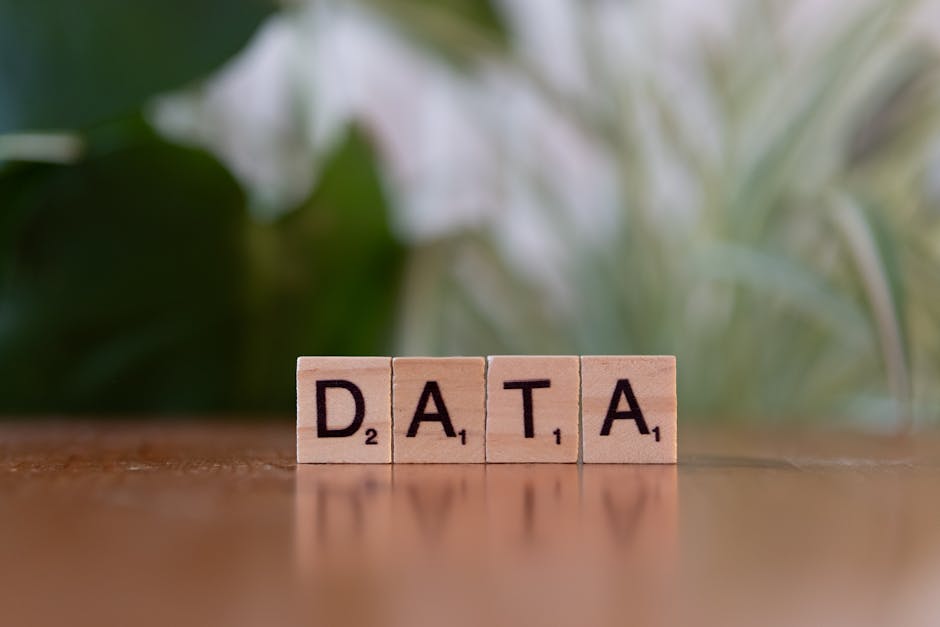Digital News Analysis: Unveiling the Power of Information
With the rapid advancement of technology, the way we consume news has undergone a significant transformation. Gone are the days of waiting for the morning paper or tuning in to the evening news broadcast. In today’s digital age, news is constantly at our fingertips, accessible 24/7 through various online platforms and social media channels. But with this flood of information comes the challenge of sifting through it all to discern what is credible, relevant, and accurate. This is where digital news analysis plays a crucial role.
Imagine being able to dissect news stories, uncover hidden patterns, and gain valuable insights into the world of journalism and media. Digital news analysis utilizes cutting-edge technology and data analytics to decode the complexities of news reporting, helping both journalists and consumers make sense of the ever-evolving news landscape. In this article, we will delve deep into the world of digital news analysis, exploring its applications, benefits, and potential impact on the future of journalism.
The Rise of Data Journalism

In the past, journalists relied on traditional methods of reporting, conducting interviews, and fact-checking to piece together a news story. While these practices are still essential, the rise of data journalism has revolutionized the way news is gathered, analyzed, and presented. Data journalism involves using data-driven techniques to enhance storytelling, uncover trends, and provide in-depth analysis of complex issues.
One prime example of data journalism in action is The Guardian’s “The Counted” project, which documented the number of people killed by police in the United States. By collecting and analyzing data from various sources, The Guardian was able to create a comprehensive database that shed light on the prevalence of police violence and the disparities in law enforcement practices.
Artificial Intelligence in News Analysis

Artificial intelligence (AI) is another game-changer in the realm of digital news analysis. AI-powered tools and algorithms can sift through vast amounts of data in real-time, identifying trends, detecting fake news, and even predicting the outcome of events. News organizations like Reuters and Bloomberg have already integrated AI into their newsrooms to automate tasks such as fact-checking, content curation, and personalized news recommendations.
For instance, Reuters’ News Tracer uses AI to track breaking news events on social media and verify their accuracy. By analyzing patterns and cross-referencing information, News Tracer can quickly determine whether a news story is legitimate or fake. This helps journalists make informed decisions about which stories to pursue and which to discard.
Sentiment Analysis in News Reporting

One of the key aspects of digital news analysis is sentiment analysis, which involves gauging the emotional tone of news articles, social media posts, and public opinions. By determining whether a news story is positive, negative, or neutral, journalists can better understand public sentiment and tailor their reporting accordingly. This can also help news organizations anticipate potential backlash or controversies surrounding a particular topic.
For example, during the 2020 U.S. presidential election, sentiment analysis played a crucial role in tracking public opinion and predicting voter behavior. By analyzing social media conversations, news articles, and polling data, journalists were able to gain insights into the prevailing mood of the electorate and adjust their coverage accordingly.
The Ethics of Digital News Analysis

While digital news analysis offers a wealth of benefits to journalists and news consumers, it also raises ethical concerns regarding privacy, bias, and misinformation. For instance, the use of AI in news reporting can lead to algorithmic bias, where certain groups or perspectives are favored over others. This can perpetuate stereotypes, spread disinformation, and erode trust in the media.
Moreover, the collection and analysis of personal data for news purposes raise questions about consent, transparency, and the protection of individual privacy rights. Journalists must be vigilant in ensuring that they uphold ethical standards and adhere to journalistic principles when utilizing digital news analysis tools.
The Future of Journalism: A Digital Frontier
As we look towards the future of journalism, it is clear that digital news analysis will play an increasingly vital role in shaping the news landscape. By harnessing the power of technology, data, and analytics, journalists can uncover stories, amplify voices, and hold institutions accountable in ways never before possible. The democratization of information through digital news analysis has the potential to revolutionize how we consume and interact with the news.
In conclusion, digital news analysis is a powerful tool that empowers journalists, news organizations, and consumers to navigate the complexities of the modern news environment. By embracing innovation, upholding ethical standards, and fostering transparency, we can harness the full potential of digital news analysis to create a more informed, inclusive, and democratic society.
Common Misconceptions
One common misconception about digital news analysis is that it replaces traditional journalism practices. In reality, digital news analysis complements traditional reporting by providing journalists with additional tools and insights to enhance their storytelling. It is not a substitute for human judgment, critical thinking, and ethical decision-making.
FAQs
Q: How accurate is digital news analysis in detecting fake news?
A: Digital news analysis can be highly accurate in detecting fake news by using AI algorithms, fact-checking tools, and sentiment analysis to verify the credibility of news sources and stories.
Q: Is digital news analysis only used by large news organizations?
A: No, digital news analysis is increasingly being adopted by smaller news outlets, independent journalists, and citizen reporters to enhance their reporting capabilities and reach a wider audience.
To wrap things up, digital news analysis is a dynamic and evolving field that holds immense potential for transforming the way we consume, produce, and engage with the news. By embracing innovation, upholding ethical standards, and fostering transparency, we can harness the power of digital news analysis to create a more informed, inclusive, and democratic society.




